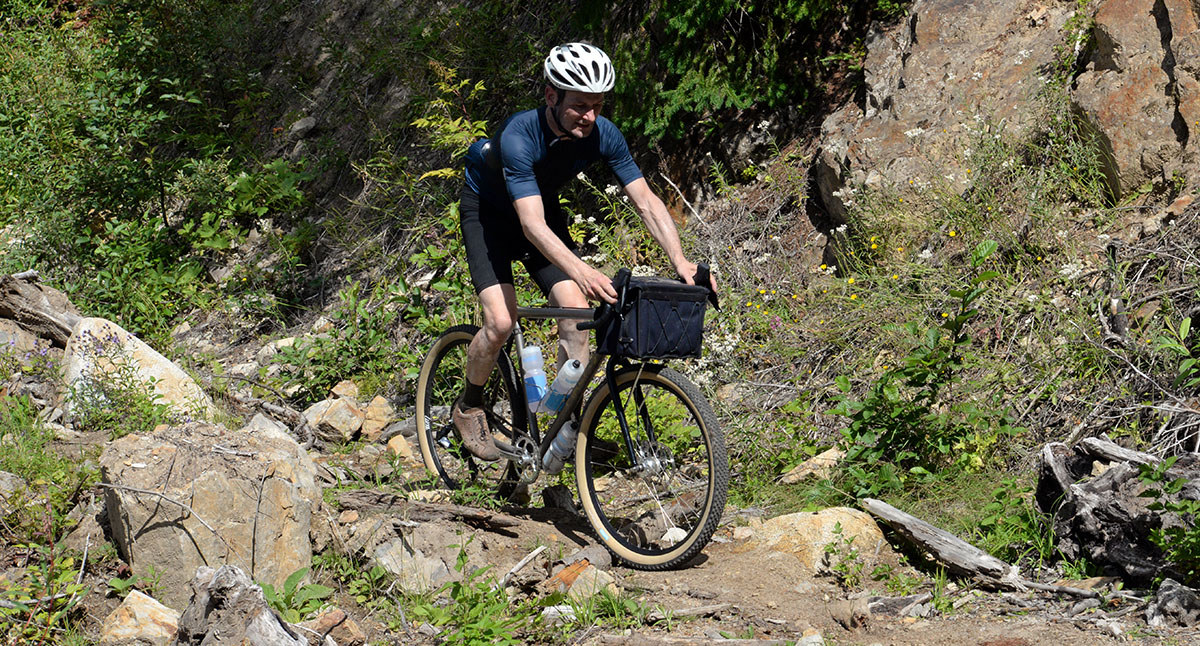How Tough are Rene Herse Extralight Tires?
We just received another tire shipment, this one mostly with Extralight models that had been out of stock for a while. For me, the Extralight casing is one of the things that defines our Rene Herse tires. It’s the most supple casing you’ll find anywhere, matched only by the finest hand-made tubular tires. Supple means it’s fast, because it doesn’t absorb much energy as it rolls. Supple also means it’s comfortable, because it doesn’t transmit many vibrations. Supple means it has great traction, since the casing conforms to the road or trail surface. And as the name indicates, the Extralights are also lighter than other tires in their sizes. What’s not to like?
If there is one drawback, it’s that the ultra-fine threads of the supple casing are a bit more vulnerable to sidewall cuts. These tires are not fragile – most readers have seen me ride Extralights all over the Cascade Mountains (above) and beyond. Some readers might wonder how often I get stranded in the middle of nowhere (never so far, knock on wood), or how often I replace my tires (when the tread wears out). But rather than take my word for it, let’s look at a few racers’ recent experiences with Rene Herse Extralights.

Lael Wilcox rode the Oregon Outback twice – once on a tour with Rue, once in her FKT attempt – on the same set of 700C x 55 mm Antelope Hill Extralights. The tires still had a lot of life left after more than 1200 km (750 miles) on some of the roughest gravel roads you’ll find anywhere in North America. Lael had no flats, either…
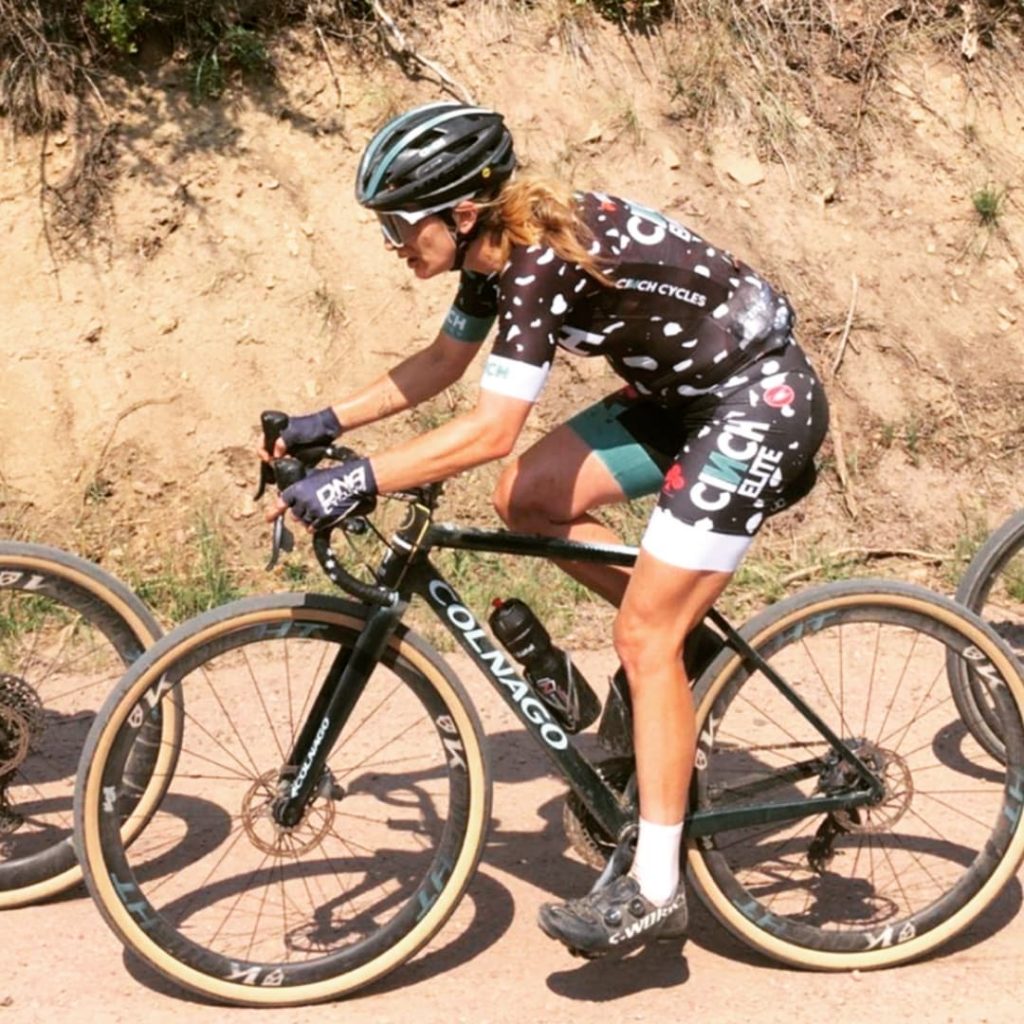
Lauren de Crescenzo won both the SBT GRVL (above) and Gravel Worlds (below) on the same set of 700C x 44 mm Snoqualmie Pass Extralights. And Holly Mathews came 7th at Gravel Worlds, also on Snoqualmie Pass Extralights. We actually send the Cinch Elite team both Endurance and Extralight tires to test. They preferred the Extralights for these (relatively smooth) gravel races.
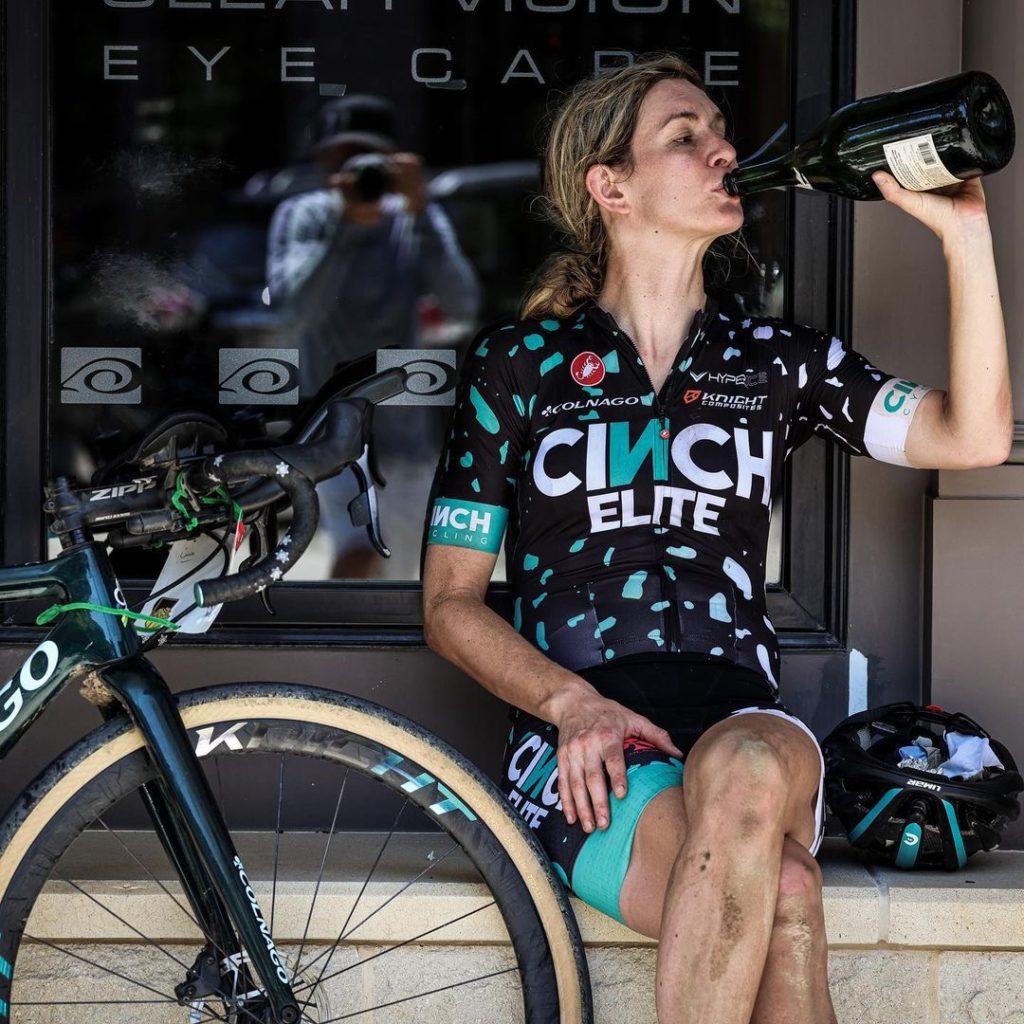
“Extralights are so fast!!!” wrote Lauren afterward. Thank you, Lauren, for riding them so well!
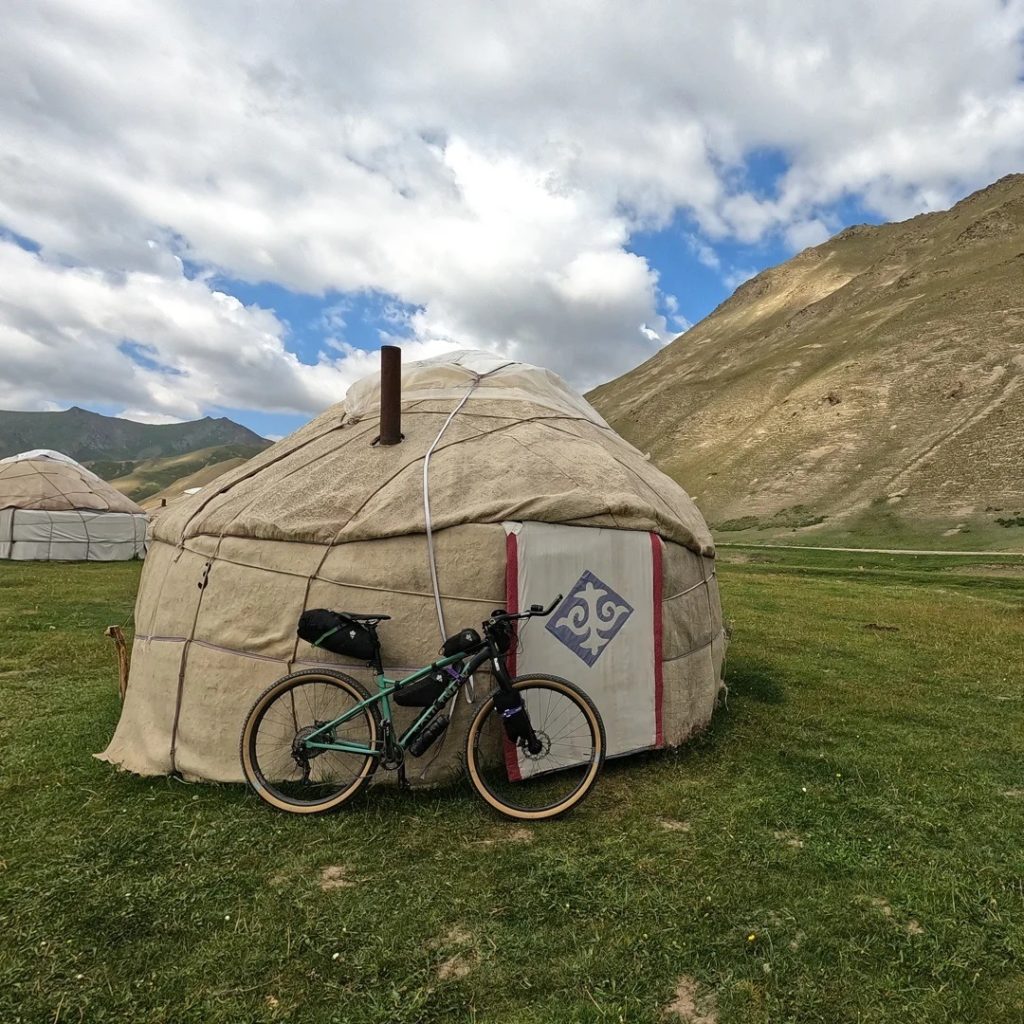
Perhaps the most intrepid of our tire testers is Sofiane Sehili, who ran a set of 29″ x 2.2″ Fleecer Ridge Extralights in Kyrgyzstan’s Silk Road Mountain Race. That’s one of the toughest races in the world, traversing the Himalayas on long-abandoned Soviet-era military roads. Sofiane won by a large margin…

Unlike the racers above, Sofiane did have some tire troubles – but so did many others in this year’s Silk Road Mountain Race. When a passing car’s dust forced him to ride blind, Sofiane hit a rock, crashed and cut a tire. Would a tougher tire have survived the impact on the big rock? It’s hard to say… Sofiane put in a tube, but he later had a few pinch flats on the ultra-rough terrain. Toward the end, Sofiane was so far ahead that even fixing a broken wheel (no fault of the tire) didn’t cause him to lose his lead. He didn’t need the extra speed of the Extralights to win. With hindsight, he reckons Fleecer Ridges with Endurance casings would have been a better choice.

How much would Sofiane have given up by running the Endurance casing? And how much did Lauren, Holly and Lael gain? We’ve tested the performance of our tires under carefully controlled real-road conditions. Then we calculated how this translates into real-world speeds (above): On flat roads, the Extralights roll 0.25 – 0.3 km/h (0.15 – 0.2 mph) faster than our Endurance tires. At Sofiane’s long-distance speeds – he was on the road for more than 8 days – that means he’d be about 1% faster on the Extralights compared to our already very fast Standard or Endurance casings. Factoring in how much he rides and how much he’s off the bike, and also the uphills (where most of the Watts just lift bike and rider), that translates into a few hours at least on the Silk Road Mountain Race.

Lauren and Holly go a lot faster during their 100- to 150-mile races. At ultra-high speeds – for example, when you’re chasing down an attack – the speed gain is still 0.25 – 0.3 km/h, but this makes up a smaller percentage of the actual speed. For racers, these smaller gains (in percent) are still very valuable. If you’re in a peloton, and you put out a few percent less power than the other riders, it’s very noticeable, and it leaves your legs fresher. Then you can attack later, and the others won’t be able to follow…
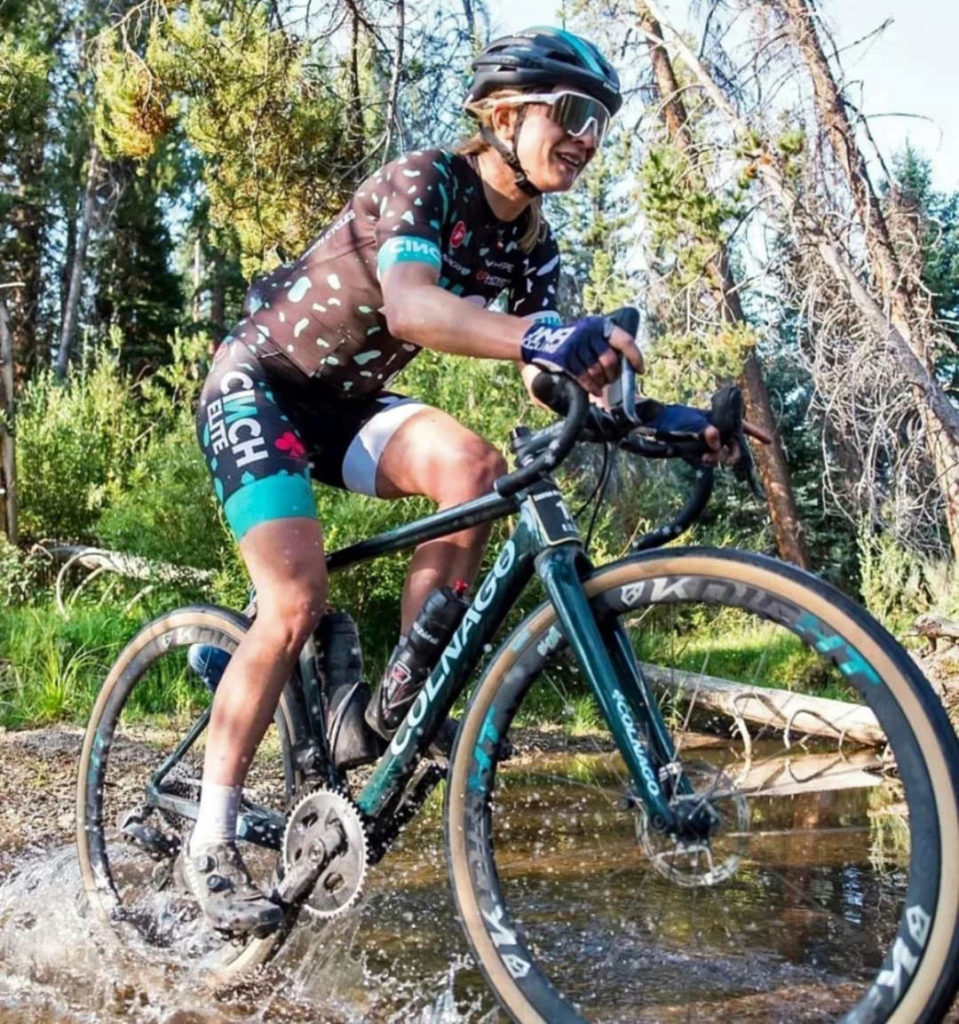
This isn’t to say that everybody should always ride the Extralight Rene Herse tires. Sofiane has shown that you can ride the Silk Road Mountain Race on Extralights (and win), but we wouldn’t recommend it. The Extralight is perfect for skilled riders who ride ‘light’ and don’t tend to destroy tires, and for courses without ultra-sharp rocks. Also consider that Lael, Lauren and Holly ran wider tires than most of their competition. Not only are wider tires faster on rough surfaces, but they also run at lower pressures, so they can deflect when a rock hits them, rather than suffer a cut.
If you need tougher tires, we recommend the Endurance casing. It has the same ultra-fine threads as the Extralight, but in a denser weave, and there’s a protection layer that wraps the entire tire. We also offer the Endurance Plus for really rough terrain – these are some of the strongest tires you’ll find anywhere. And yet they’re still supple and fast compared to most other tires, thanks to the high-end materials and careful construction we use for all our tires. Where does the Standard casing fit in? It uses slightly thicker threads than the Extralight and Endurance, but does without the protection layer. It’s tougher than the Extralight, but not as tough as the Endurance.
We know that different riders and different course require different tires. That’s why we make four different casings – more than most tire makers. Between them, you’ll be sure to find the perfect tires for your next race or adventure!
Further Reading:
• How we test tire performance.
• A summary of our tire tests is published in the current Bicycle Quarterly (BQ 76).
• More information about the different Rene Herse tire casings.
Photo credits: Mark Vande Kamp (Photo 1); Rugile Kaladyte (Photo 2); Sofiane Sehili (Photo 5); Danil Usmanov (Photo 6); Alex Roszko (Photo 7)


